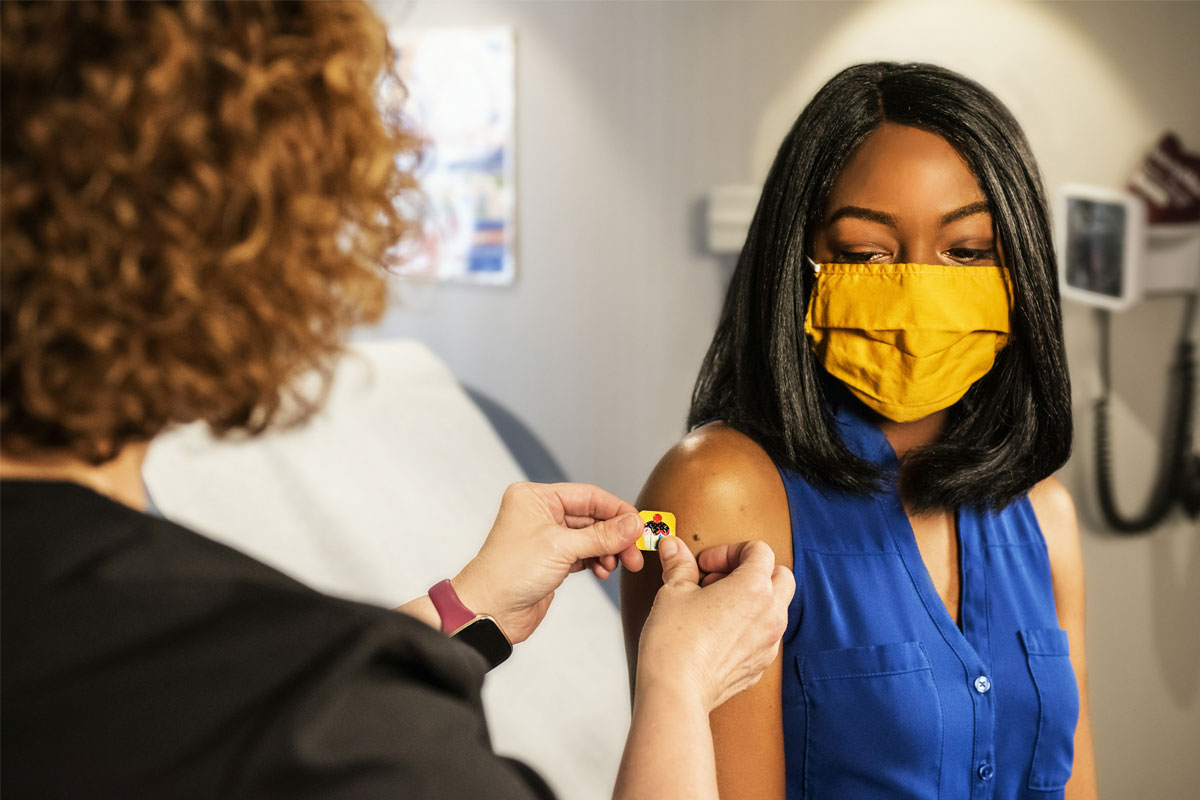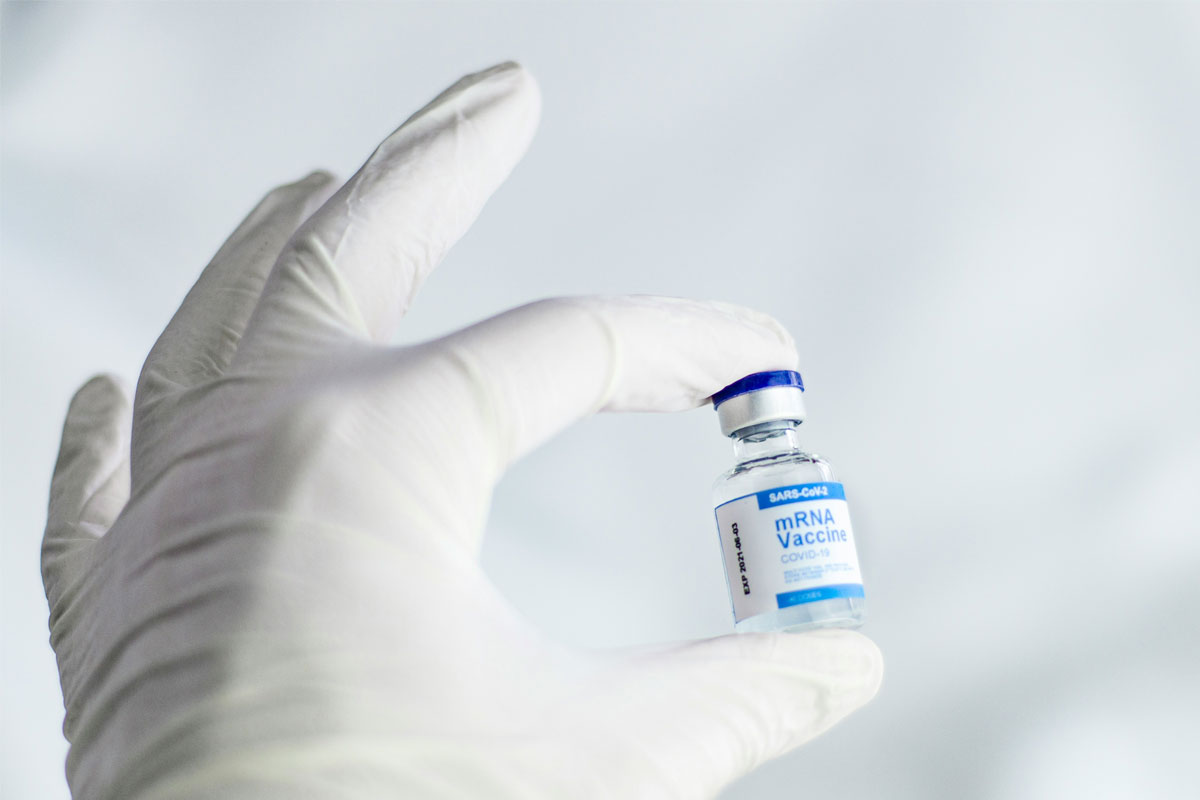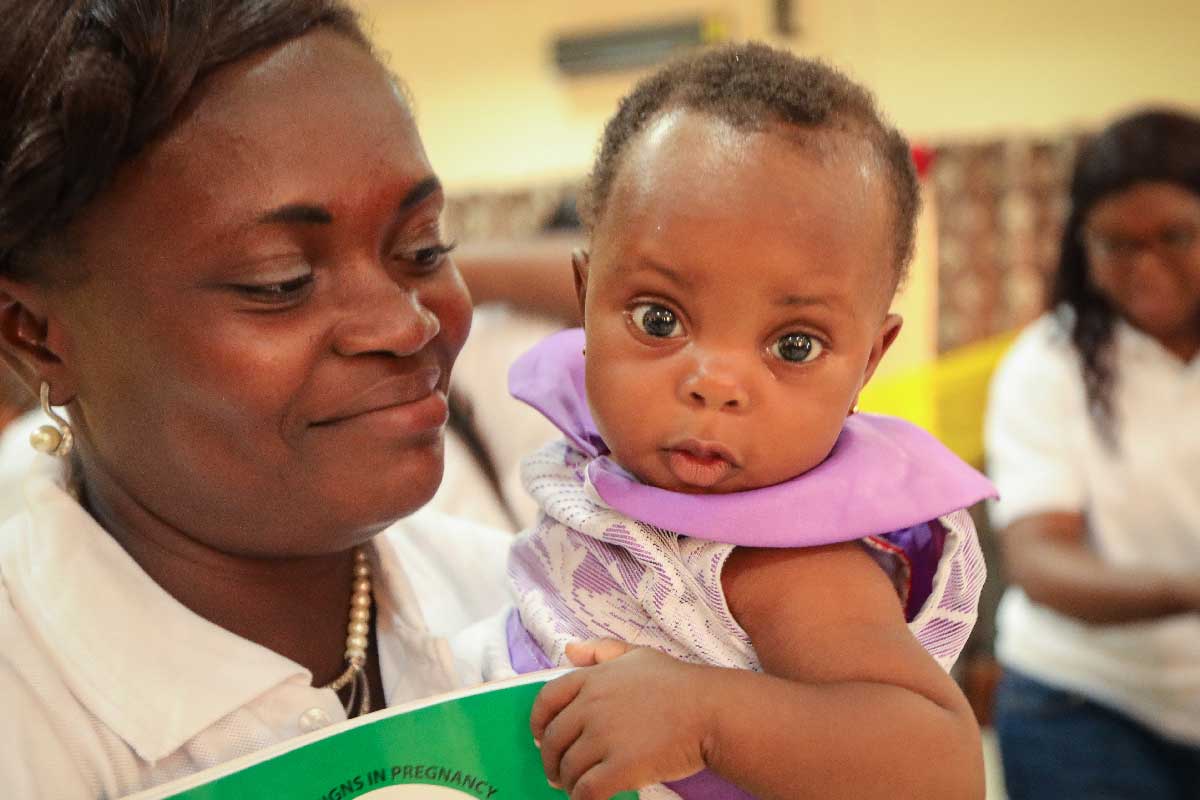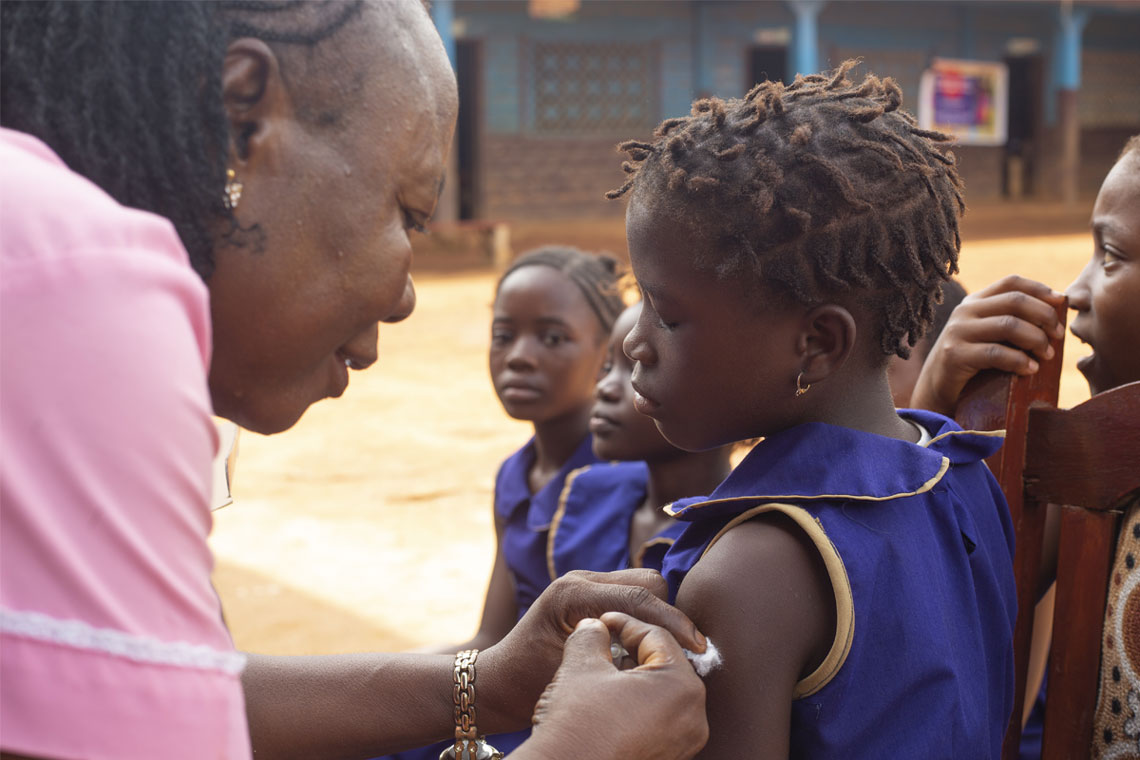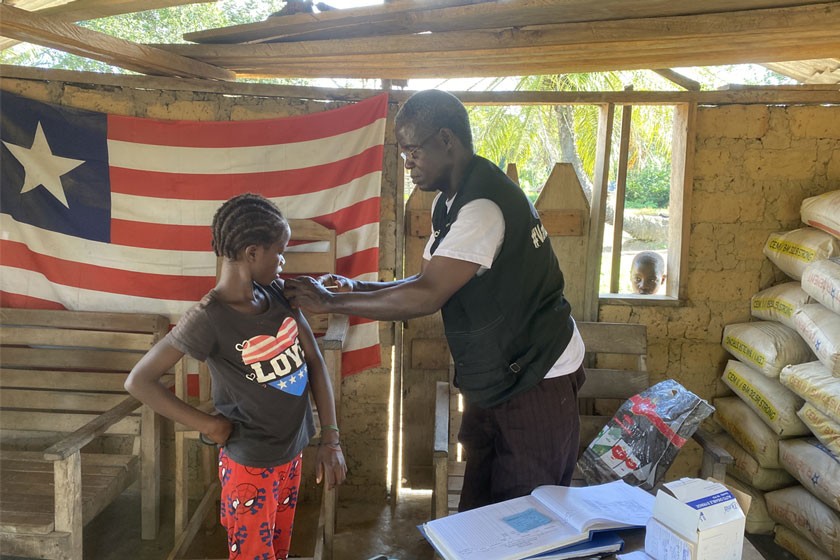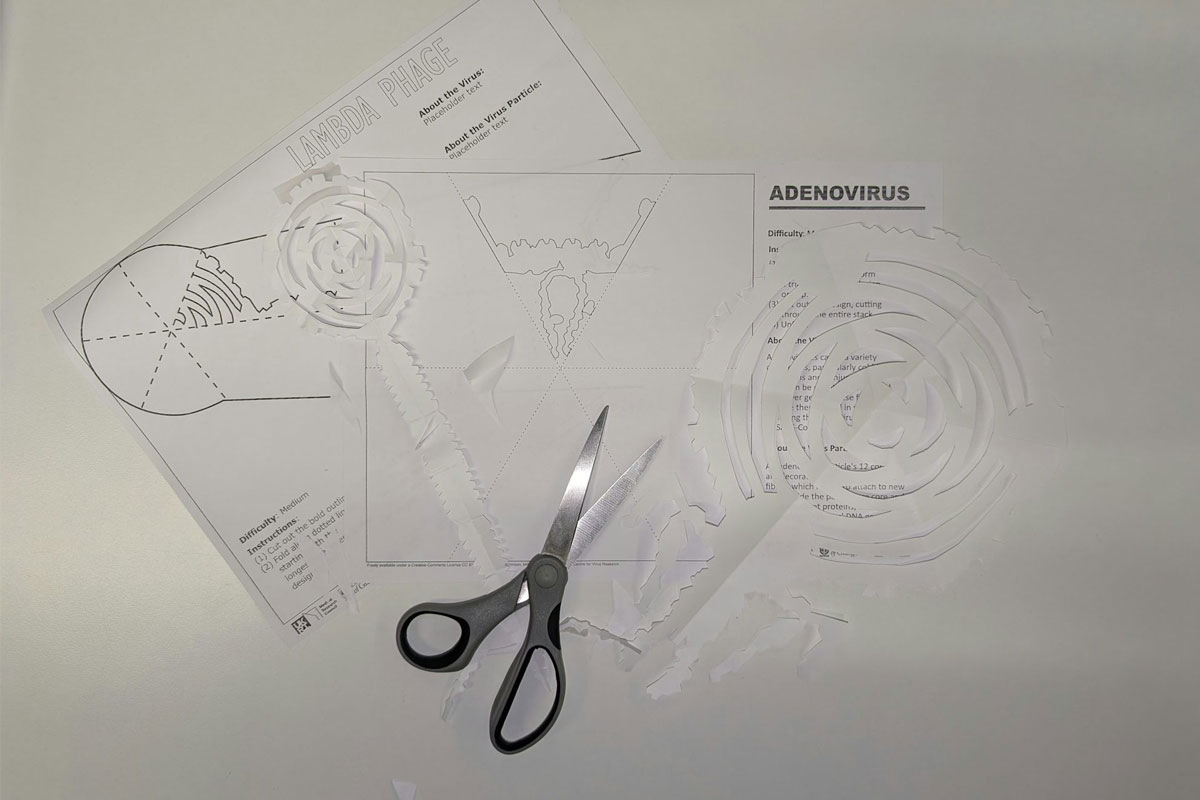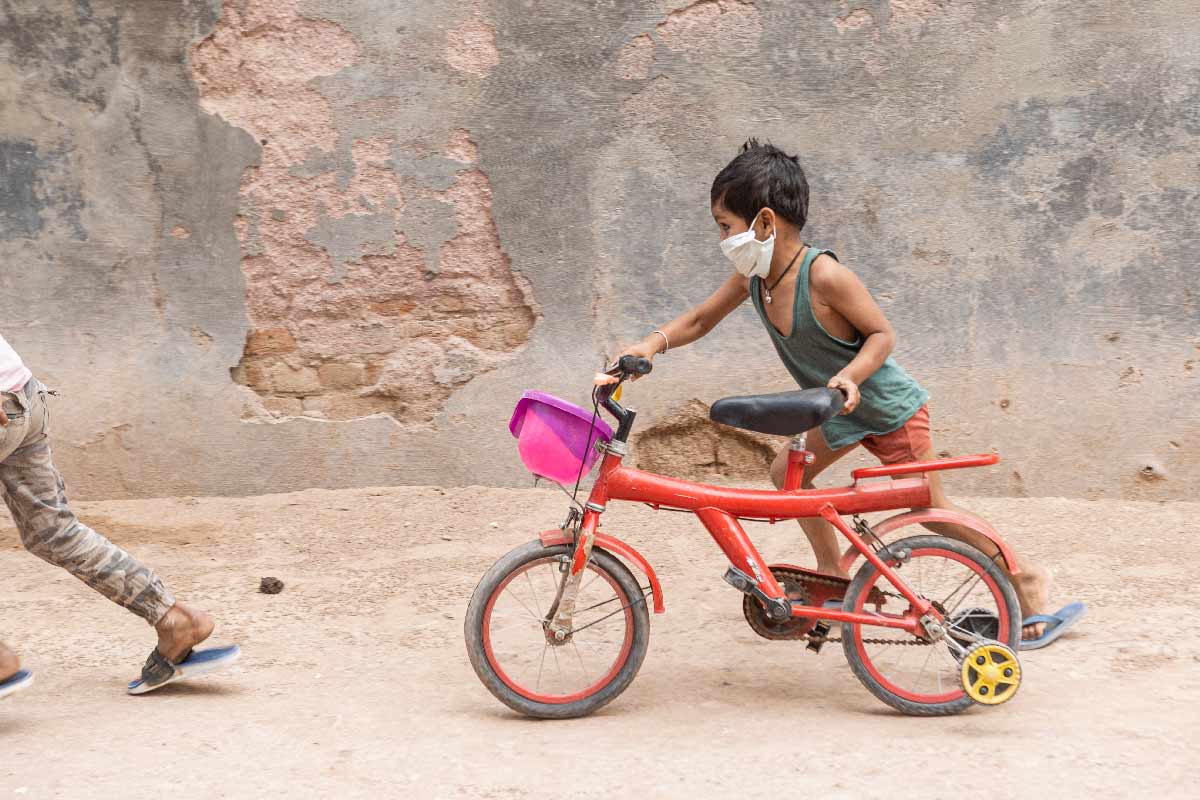Left arm, or right? The simple choice that might influence your response to vaccines
Delivering booster shots into the same arm could prompt a faster and more effective immune response, study suggests.
- 1 May 2025
- 4 min read
- by Linda Geddes
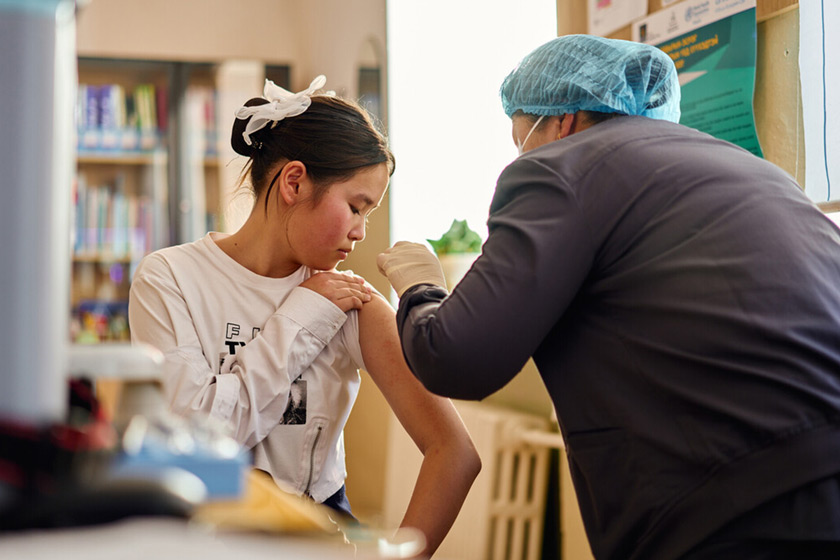
Receiving a booster vaccine in the same arm as your first shot could help to generate a more effective immune response more quickly, data suggests.
If confirmed in larger groups of individuals and for other vaccines, the discovery could eventually help to improve immunisation strategies.
Immunisation involves exposing the immune system to a harmless version of a pathogen such as a bacterium or virus, or parts of it, so that immune cells learn to recognise it and can mount a rapid and effective response should they encounter it again.
The more times the immune system is exposed to these antigens the stronger its response will be, which is why some vaccination schedules involve giving multiple doses of the same vaccine.
Memory cells
After the vaccine is given, specialised immune cells carry antigens from it to the lymph nodes, where they’re used to train other immune cells how to mount an immune response against the pathogen of interest.
Previous research had suggested that immune cells called memory B cells, which are crucial for generating antibody responses against pathogens they’ve previously been exposed to, linger in the lymph node closest to the injection site.
To better understand this process, researchers at the University of New South Wales and the Garvan Institute of Medical Research in Sydney, Australia, used a technique called intravital microscopy, which allows biological processes to be observed in live animals. This studies the interactions between different cells in the lymph nodes following vaccination.
Have you read?
The research, published in Cell, found that when a vaccine is administered, immune cells called macrophages become ‘primed’ inside the lymph nodes. These macrophages then direct memory B cells to the nodes’ outermost layer.
When a booster was given in the same location, these ‘primed’ macrophages – already on alert – efficiently captured the antigen and activated the memory B cells to make high quality antibodies.
Vaccination site could make a difference
“Macrophages are known to gobble up pathogens and clear away dead cells, but our research suggests the ones in the lymph nodes closest to the injection site also play a central role in orchestrating an effective vaccine response the next time around – so, location does matter,” says study first author Dr Rama Dhenni at the Garvan Research Institute.
The team also recruited 30 volunteers to test whether a similar effect could be observed in humans who received the Pfizer-BioNTech COVID-19 vaccine. Twenty of them received their booster dose in the same arm as their first dose, while ten had their second shot in the opposite arm.
“Those who received both doses in the same arm produced neutralising antibodies against SARS-CoV-2 significantly faster – within the first week after the second dose,” says co-first author Alexandra Carey-Hoppé, a PhD student from the Kirby Institute.
Immunisation strategies
Antibodies from the same arm group also appeared to be more effective against the Delta and Omicron variants.
Although it is currently unclear how much impact these differences would make to someone’s risk of catching COVID-19 or becoming seriously ill from it, the team believe that at a population level, at least, these observations could prove useful.
“By four weeks, both groups had similar antibody levels, but that early protection could be crucial during an outbreak,” says Dr Mee Ling Munier at the Kirby Institute, a senior study author. “The same-arm strategy could help achieve herd immunity faster – particularly important for rapidly mutating viruses where speed of response matters.”
Beyond the potential to refine vaccination guidelines, the findings offer a promising avenue for enhancing the effectiveness of vaccines, says co-senior author Prof Tri Phan at the Garvan Institute: “If we can understand how to replicate or enhance the interactions between memory B cells and these macrophages, we may be able to design next-generation vaccines that require fewer boosters."
